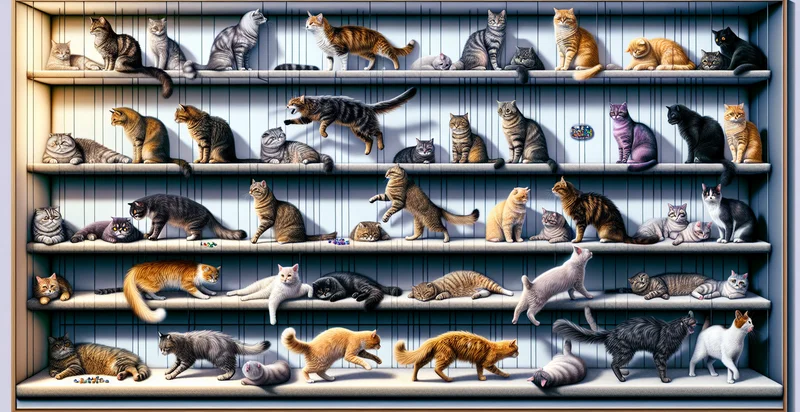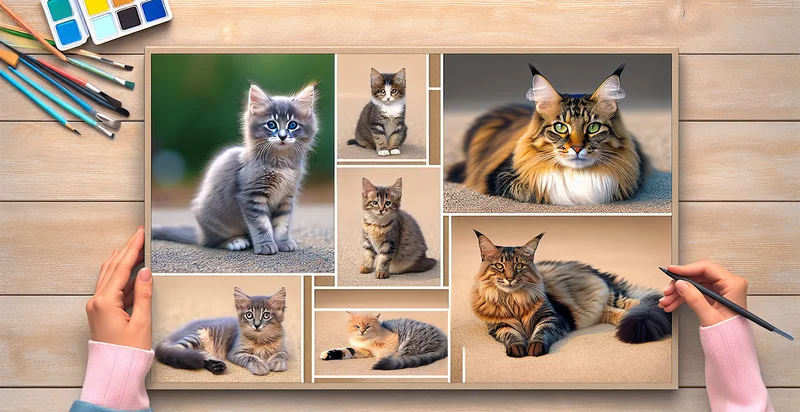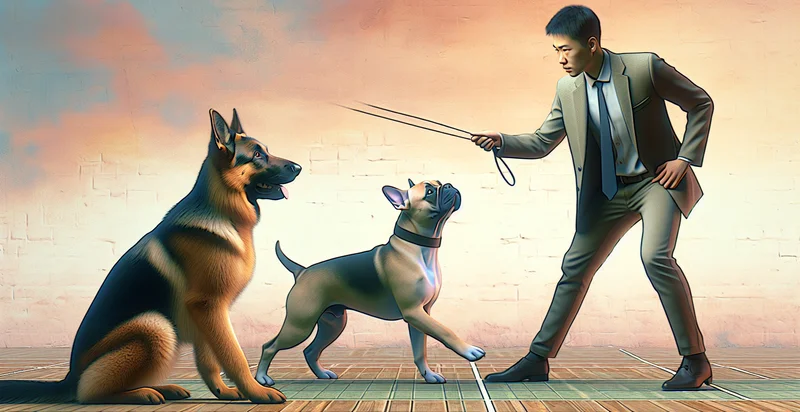Identify cat obedience level
using AI
Below is a free classifier to identify cat obedience level. Just upload your image, and our AI will predict the obedience level of your cat - in just seconds.

Contact us for API access
Or, use Nyckel to build highly-accurate custom classifiers in just minutes. No PhD required.
Get started
import nyckel
credentials = nyckel.Credentials("YOUR_CLIENT_ID", "YOUR_CLIENT_SECRET")
nyckel.invoke("cat-obedience-level", "your_image_url", credentials)
fetch('https://www.nyckel.com/v1/functions/cat-obedience-level/invoke', {
method: 'POST',
headers: {
'Authorization': 'Bearer ' + 'YOUR_BEARER_TOKEN',
'Content-Type': 'application/json',
},
body: JSON.stringify(
{"data": "your_image_url"}
)
})
.then(response => response.json())
.then(data => console.log(data));
curl -X POST \
-H "Content-Type: application/json" \
-H "Authorization: Bearer YOUR_BEARER_TOKEN" \
-d '{"data": "your_image_url"}' \
https://www.nyckel.com/v1/functions/cat-obedience-level/invoke
How this classifier works
To start, upload your image. Our AI tool will then predict the obedience level of your cat.
This pretrained image model uses a Nyckel-created dataset and has 5 labels, including Disobedient, Frequently Misbehaves, Mostly Well-Behaved, Occasionally Misbehaves and Well-Behaved.
We'll also show a confidence score (the higher the number, the more confident the AI model is around the obedience level of your cat).
Whether you're just curious or building cat obedience level detection into your application, we hope our classifier proves helpful.
Related Classifiers
Need to identify cat obedience level at scale?
Get API or Zapier access to this classifier for free. It's perfect for:
- Pet Training Assessment: This function can be used by pet training facilities to evaluate the obedience levels of cats brought in for training. By identifying the obedience level, trainers can tailor their training programs to suit each cat’s needs, enhancing the effectiveness of their methods.
- Adoption Profile Enhancement: Animal shelters can leverage this classifier to create more informative profiles for adoptable cats. By indicating each cat's obedience level, potential adopters can make more informed decisions, increasing the chances of a successful match between pets and owners.
- Behavioral Research: Researchers studying feline behavior can utilize this function to categorize cats based on their obedience. This data can help in understanding the impact of various factors, such as breeding or environment, on obedience levels in domestic cats.
- Pet Care Product Targeting: Companies that offer pet care products can use obedience level data to target marketing efforts for products, such as training aids or toys. Understanding which cats are more obedient can inform product development and promotional strategies to meet specific market needs.
- Veterinary Consultations: Veterinarians can use the obedience level identifier as part of their consultations to gauge a cat’s temperament. Knowing a cat’s obedience can assist in providing better care recommendations and in preparing for procedures that require specific handling.
- Cat Behavioral Modification Services: Businesses specializing in behavioral modification can implement this classification tool to assess new clients. By understanding a cat’s obedience level, they can establish a baseline for behavioral issues and track progress over time more effectively.
- Smart Home Integration: Developers of smart home devices tailored for pets can incorporate this classification function to enhance user experience. For instance, based on the identified obedience level, automatic feeders or treat dispensers can be programmed to dispense treats or commands when a cat demonstrates desired behaviors, promoting training and positive reinforcement.


